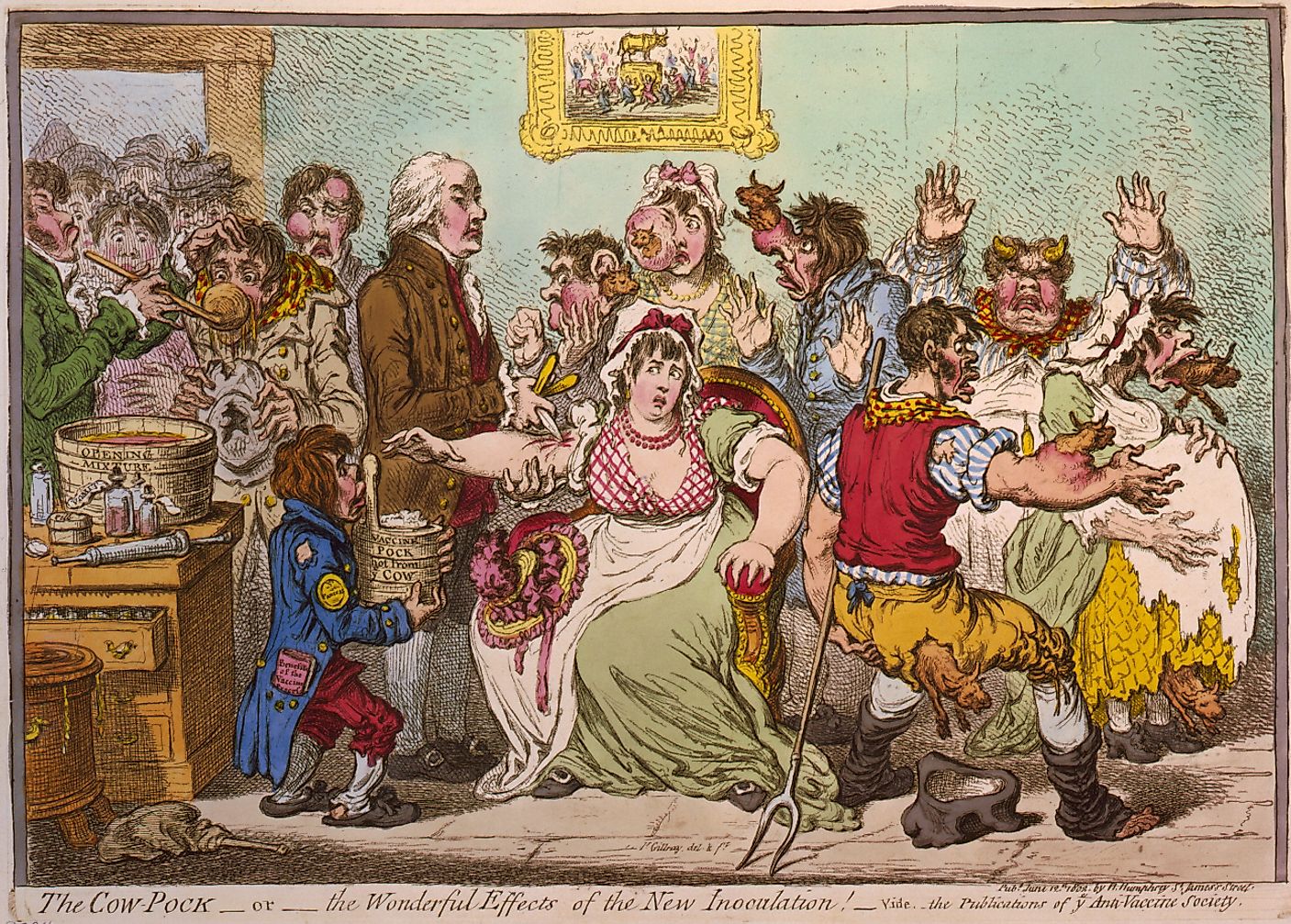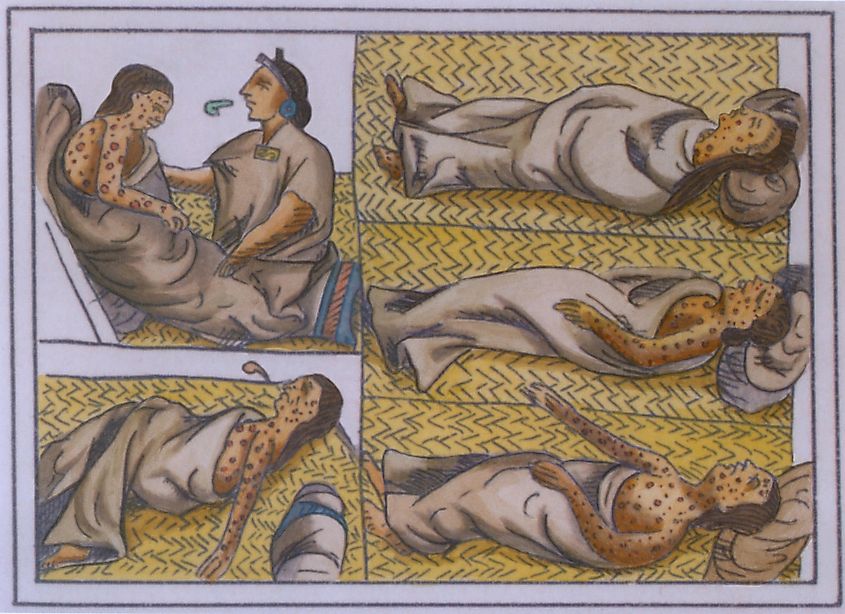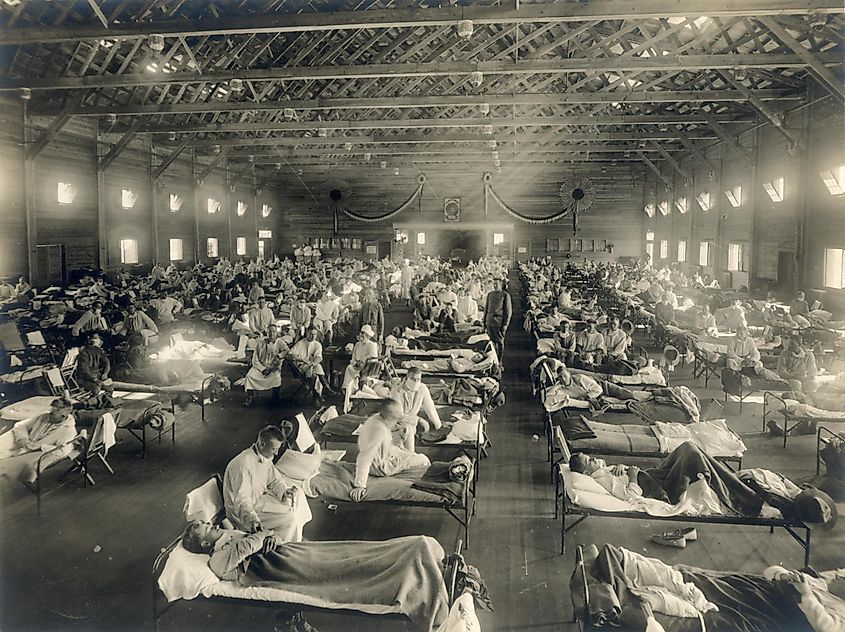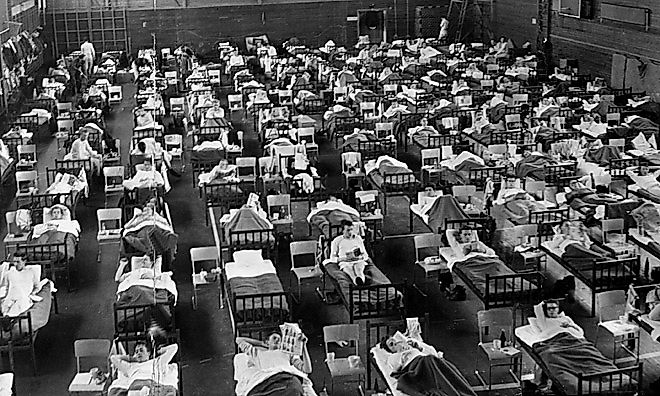
The Deadliest Pandemics in US History
The COVID-19 pandemic, which originated in 2019 in Wuhan, China has hit our global society harder than any pandemic in recorded history; however, it is far from the first of its kind. Though daily world travel has undoutedly exacerbated the spread of the virus, plagues have long been a component of recorded human history. What follows are the deadliest plagues in American history.
The American Plagues

In the sixteenth century, a cluster of illnesses, including smallpox were transmitted when European colonizers passed them along upon landing in what would become the United States. The hardest hit population were the Indigenous Peoples. Historians believe it is possible that as many as 90% of the Indigenous Population of the Western Hemisphere was wiped out by this group of viruses. The American Plagues directly lead to the collapse of the Inca and Aztec civilizations.
Philadelphia Yellow Fever

Yellow fever, which is thought to have originated in Africa, wrought havoc on America. Philadelphia in particular was hard hit by the virus, which is transmitted by mosquito bites. Approximately 5,000 people lost their lives; unfortunately, slaves made up the majority of those who died, because they were wrongly thought to be immune. Though a safe and effective vaccine now exists, the Philadelphia Yellow Fever epidemic didn't end until winter came to Philadelphia and the mosquitos died out.
Polio

1916 is the year that poliomyletitis was first recorded in New York City. It is a highly contagious disease that killed around six thousand people and was a mass disabling event of many survivors of the illness. As with many viruses, the hardest hit by disability seemed to be young children. A vaccine was developed for polio in 1954 and the disease was largely controlled by an aggressive vaccine program in the United States.
Spanish Flu

Caused by the H1N1 Influenza A virus, the Spanish Flu lead to as many as 100 million deaths worldwide between 1918 and 1920.
The virus came in four distinct waves, was first reported by Spanish media, which is where the term “Spanish Flu” originated, even though the origin of the virus was not Spain. In fact, the first documented case was in Kansas.
Possibly the spread of the Spanish Flu was made worse by a climate anomaly that made it very easy for the virus to spread, but certainly the spread and fatalities in Europe were made worse by living conditions and close quarters during World War I.
In America, the death toll was between 500,000 and 850,000 with Indigenous communities among the hardest hit.
Asian Flu (influenza)

In the winter of 1957 a blend of avian flu viruses called H2N2 originated Singapore and hit the United States hard the following summer. There were more than 1.1 million fatalities from infections worldwide, with 116,000 deaths occuring in the United States. A vaccine for H2N2 was developed, which slowed the pandemic, though the virus is thought to now be extinct among the human population.
Acquired Immunodeficiency Syndrome (AIDS)

The Human Immunodeficiency Virus (HIV), which is the virus that causes AIDS was thought to originate in the chimpanzee population and transferred to humans in west Africa in the 1930’s. It found its way to America in the late 1970's and was first discovered by doctors examining clusters of pneumonia and certain types of skin cancer in the gay communities in New York and San Francisco in the early 1980's.
Though modern treatments have decreased the death toll of HIV and AIDS, the death toll in America as of 2018 was thought to be approximately 700,000 people.
H1N1

In 2009 and 2010, a new flu virus which originated in the United States infected as many as 1.4 billion people world-wide. Approximately 12,000 Americans lost their lives to this unique influenza strain, which had never before been seen in humans or animals. A vaccine was rolled out that year and is now included in annual flu vaccine.
At present, there are approximately 96 million cases documented of COVID-19 in America, with around one million reported deaths. As a population, we have dealt with illness and death-causing viruses since earliest recorded history and with new vaccine technology and improved public health measures, it seems possible that our current pandemic will be our greatest epidemiology learning experience yet.











